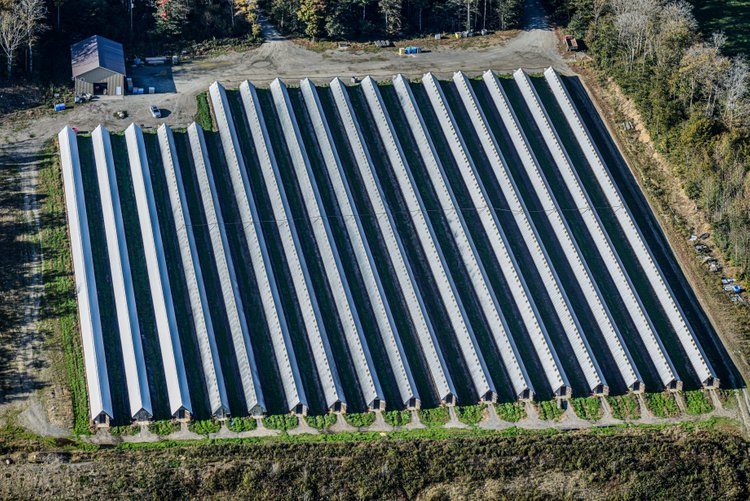
Make Fur History
The Make Fur History campaign focuses on the commercial exploitation of animals for their fur under provincial colonial frameworks. Colonial institutions were established across Canada to allow individuals and businesses to commodify fur-bearing animals for fashion fur products, providing the legal frameworks to breed and hold thousands of wild animals in extreme confinement, and allowing them to be killed for profit and recreation in the wild. This includes the mass exploitation of animals seen in fur farms, and the trapping of fur-bearing wildlife for commercial and recreational purposes across Canada.
In Canada, hundreds of thousands of animals are killed every year for their fur. Fur-bearing animals are either bred into industrial fur farms across the country or are trapped in wild, urban, and private settings. Both methods cause immense animal suffering for unnecessary fashion products. In addition to the suffering that fur-bearing animals experience, the commercial fur trade has far-reaching detrimental impacts to the environment, local communities, and public health.
Fur Farming
Most of the fur produced in Canada comes from large-scale industrial fur farms. Mink are the most commonly farmed animal for their fur in Canada, followed by foxes. However, depending on provincial jurisdiction, other fur-bearing animals are legally permitted to be farmed for their fur. In British Columbia for example, provincial regulation permits the farming of foxes, chinchillas, fishers, martens, and nutrias (mink farming is been banned).
On Canada’s fur farms, fur-bearing animals are forced to spend their entire lives confined in tiny wire cages. The intense confinement in these cages does not allow for any natural behaviours such as digging, running, hunting, or hiding. As a result, animals on fur farms routinely develop severe physical and psychological conditions. For the animals that survive through their confinement, they will experience immeasurable suffering when they are pelted (killed and skinned for their fur). Industry standard practice is to kill mink in gas chambers and kill foxes by anally electrocuting them.
Hundreds of thousands of animals are trapped and killed in Canada each year for their fur. Numerous species are trapped in Canada, ranging from small animals such as squirrels, rabbits, and badgers, to large animals such as wolves, cougars, and bears. In addition to fur-bearing animals, “non-target” animals including birds, cats, and dogs are also sometimes caught and killed. Trapping is also used for research and experimentation, where fur-bearing animals are subject to harms despite the availability of non-invasive and humane methods that researchers can use to gather data.
Trapping is an inherently cruel practice. All body-gripping and snare traps are designed to hold or kill a wild animal who does not want to be caught. Many animals die trying to free themselves from traps, often from dehydration, blood loss, and hypothermia. Some animals will resort to wringing or chewing off their own trapped limb in order to escape, breaking their teeth and bones in the process.